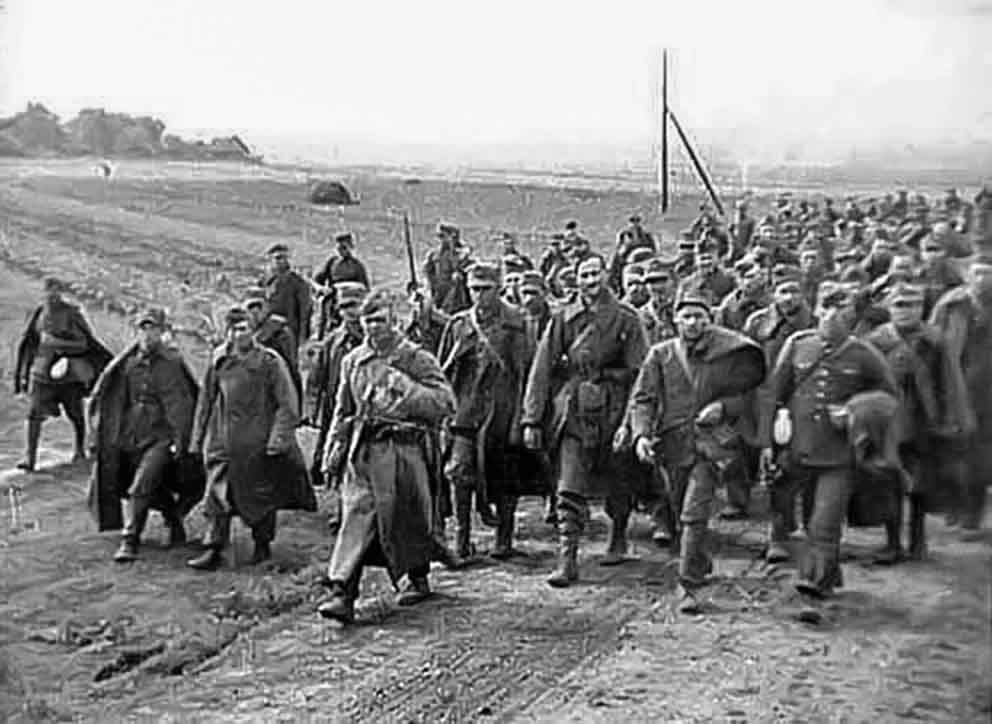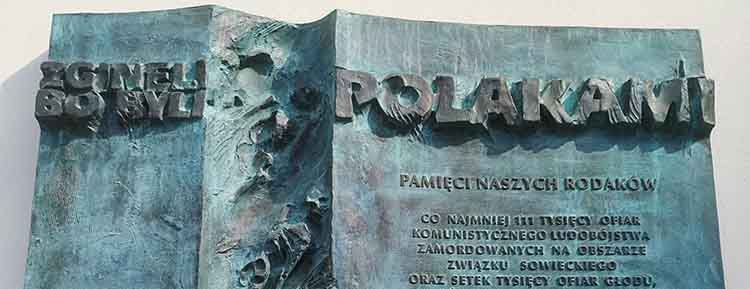Rafał Lemkin was born in 1900 in Bezvodno (now Belarus). At that time, the area was part of the Russian Empire, known to the Poles as the Taken Territories - territory that had once belonged to the former Polish-Lithuanian Commonwealth but had been absorbed by Russia during the Partitions. It was inhabited by numerous nations and ethnic groups, some influenced by Russian culture, others with their own traditions, many dating back to the time of the now defunct Polish-Lithuanian state. Lemkin's identity was forged at the intersection of cultures, languages and nationalities. He came from a Jewish family with strong Polish traditions. After the First World War, when Poland regained its independence, he was educated within its borders - and developed his professional career there. He was a lawyer and an expert in criminal law. In the inter-war period, he ran his own law firm and was active in international academic life. Even before the outbreak of the Second World War, he had achieved the status of a recognised expert.
The world Lemkin knew was a field of conflict and the birthplace of totalitarianism. The First World War began in 1914, during which two other, much bloodier revolutions - the February and October (1917) revolutions - took place in the Russian Empire. Between 1915 and 1917, the Turks carried out a series of ethnic cleansing of Armenians. By 1918, the year of the end of the war and Lemkin's coming of age, a wave of suffering, hatred and crime on an unprecedented scale had swept across Europe. The relatively peaceful 1920s and 1930s also saw the birth of the ideologies that would lead to the outbreak of the Second World War.
Lemkin sincerely believed in justice. He saw it as his duty as a lawyer to try to bring it about. At the same time, he observed that in reality around him, crimes of a particularly brutal nature and on an enormous scale, which did not have their own category in the legal codes, were regularly repeated. There was also no international court or tribunal that could hold people accountable for such crimes. Rafał Lemkin set out to change this.
In the early weeks of September 1939, after the Third Reich attacked Poland, Lemkin managed to make his way to Lithuania, and from there to Latvia and Sweden, from where he finally reached the United States in 1941. In exile, he began to collect material on the policies of totalitarian states in the occupied territories of Europe. He wanted to meticulously analyse and describe all the criminal activities about which he could obtain information. This led to his most important work, written between 1942 and 1943 and now a classic, in which Lemkin introduced the concept of genocide – ‘Axis Rule in Occupied Europe’. It was there that he formulated the concept of genocide, understood as a deliberate and systematic attempt to destroy a particular ethnic, national, religious or racial group by extermination. The deprivation of life here is the final stage of a criminal process that includes the gradual destruction of culture, language, national identity, and institutions, as well as the deprivation of the selected group's basic existence, security and freedom, and the deprivation of human dignity of its representatives.
He quickly attracted the interest of the major American media, including The New York Times and The Washington Post, which discussed Lemkin's book in their pages, acknowledging its quality and importance. Lemkin himself was soon hospitalised for excessive nervous tension and overwork. This was not the only time that he pursued his life's work at the expense of his health.
After the end of the Second World War, there was an opportunity to bring some of the criminals of that period to justice. The Nuremberg Trials began, and Rafał Lemkin became an adviser to the chief prosecutor for the United States, Robert H. Jackson. It soon became clear that international law was ill-suited to the new situation, and Rafał Lemkin realised that it was not enough simply to describe and classify the crime of genocide and to introduce the term into academic discourse. He began efforts to get the United Nations to adopt a convention that would provide a legal basis for the prosecution and trial of individuals and groups responsible for the crime of genocide - both in times of war and in times of peace.
Between 1946 and 1948, he lobbied tirelessly and convinced more and more influential people. Finally, on 9 December 1948, the UN General Assembly adopted the Convention on the Prevention and Punishment of the Crime of Genocide, now known as the Lemkin Convention. To come into force, it had to be ratified by the national parliaments of UN members. Lemkin had to fight for years to bring this process to a conclusion. The Convention entered into force on 12 January 1951.
He was nominated several times for the Nobel Peace Prize for his efforts. Unfortunately, he paid for everything with his personal life and health, including his mental health. Although he taught law at Yale for several years, he was unable to continue in this position because he was labelled a 'madman' fixated on one point. With no work or job prospects, he lived in poverty in exile. He died of a heart attack on 28 August 1959. Only a few people attended the funeral.









